SYSTEMATIC AND INTEGRATED RECOVERY OF REFRACTORY WASTE USING THE "5R" ENVIRONMENTAL MODEL
Refractory or heat-resistant materials are used to protect equipment in industries working at high temperatures (e.g. steel, glass and cement production). Refractories are made from a wide range of mineral compounds, such as aluminosilicates, magnesite, dolomite, chromite, zirconia, carbides, nitrides and oxides. The recycling of refractory materials is complex due to differences in composition depending on their application. Furthermore, it is common to use more than one type of refractory in the lining of furnaces or other equipment, and even in the refractory parts themselves, which further complicates their recycling. Some refractories - for example, those containing zirconia and other more specialised materials - were not considered recoverable prior to this project and were therefore disposed of in landfills.
The availability of refractories is essential for steel production in the EU. The EU produces 177 million tonnes of steel per year (11% of world production), making it the world's second largest steel producer after China. The EU refractory industry has an annual turnover of around €4 billion, but is dependent on the availability of raw materials, which may be affected by strict conditions imposed by exporting countries, such as China. Refractory waste is one of the priority streams in the Basque Waste Prevention and Management Plan 2030.
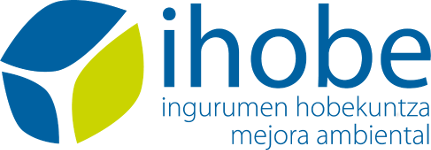

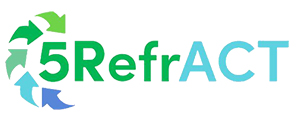

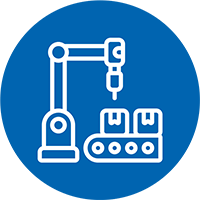



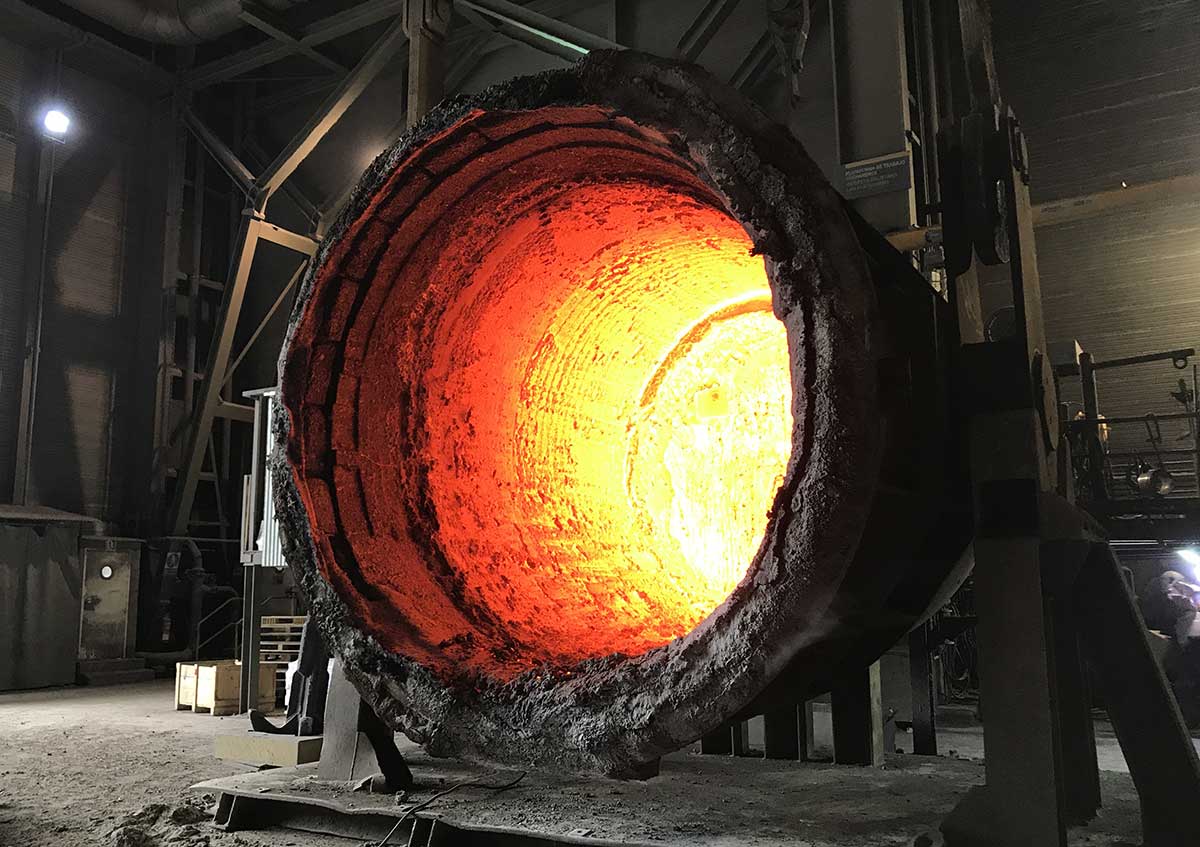
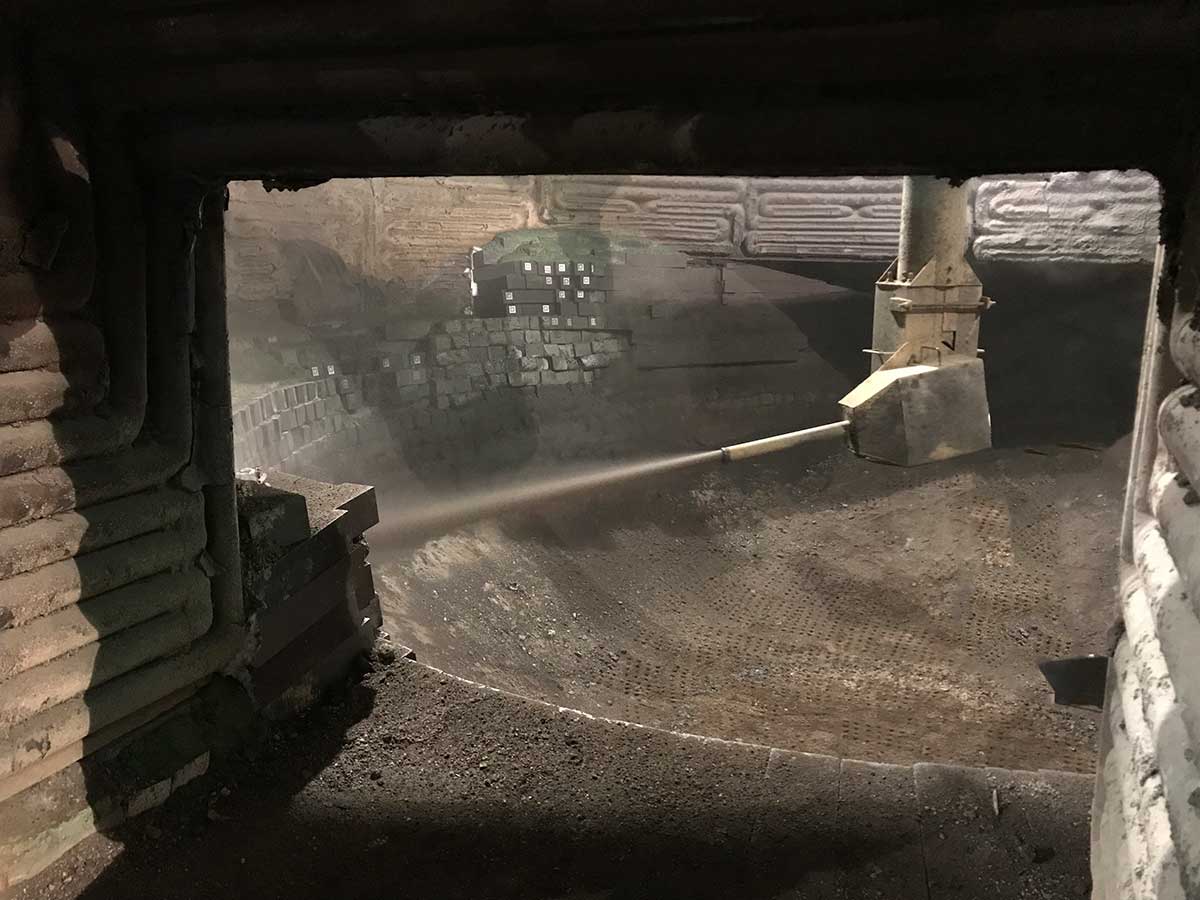
 Project website
Project website